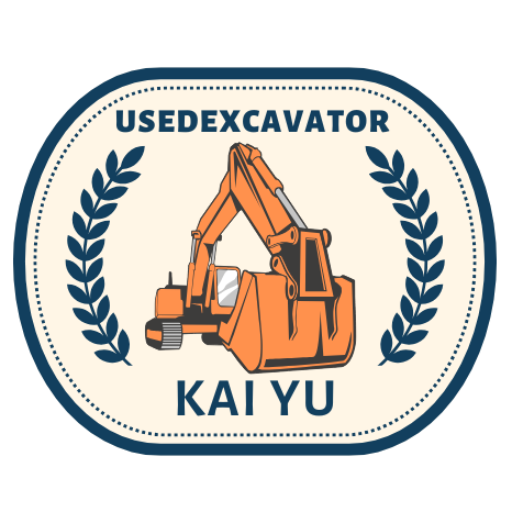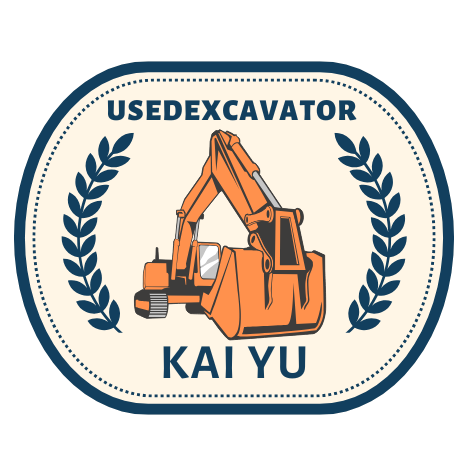Micro excavators are small, nimble machines that pack a punch in terms of their capabilities. They are especially effective for tight spaces, small-scale digging, trenching, and landscaping projects. To help you get the most out of your micro excavator, here’s a thorough guide that expands on the essential tips for smooth, safe, and efficient operation.
Table of Contents
1. Know Your Micro Excavator Inside and Out
Familiarization with Controls
- Basic Control Overview: Micro excavators typically have the following controls:
- Joystick or lever control: To move the machine forward, backward, or rotate.
- Track controls: These allow you to steer the machine.
- Boom, arm, and bucket controls: These let you move the digging arm, scoop, or unload material.
- Hydraulic Controls: Make sure you know how to use the machine’s hydraulic system, as this is what powers most of its functions, such as lifting and moving heavy materials. Each model may have unique features, so spend time practicing with all of them before you begin the job.
- Warning Systems: Many modern excavators come equipped with safety alarms (e.g., low fuel, overheating), so be sure to learn these indicators to avoid unnecessary disruptions.
2. Conduct Thorough Pre-operation Inspections
Before using the micro excavator, perform a detailed inspection to ensure its safety and performance.
Key Checks:
- Hydraulic System: Look for leaks or damage in hydraulic hoses, as these are essential for the movement and operation of the digging arm and attachments.
- Engine and Fuel: Check oil and coolant levels. Ensure the fuel tank is full and no fuel lines are damaged.
- Tracks: Inspect the condition of the tracks (rubber or steel) for wear or debris that could affect movement.
- Attachment Safety: Ensure any attachments like the bucket, auger, or hammer are properly secured.
3. Understand Terrain and Surface Conditions
Although micro excavators are small, they’re still heavy machines and can be easily affected by the terrain.
What to Consider:
- Ground Stability: Soft, muddy, or sandy ground may not provide the necessary support, risking tipping or instability. Always try to work on firm ground.
- Slope Work: If you’re operating on a slope, ensure that the excavator is positioned to face uphill. Always keep the heavier side of the machine facing down the slope.
- Avoid Waterlogged Areas: If the soil is too wet, the micro excavator might sink or become difficult to maneuver.
4. Mastering Smooth and Efficient Operation
Micro excavators are designed for precision, so smooth and controlled operation is essential.
Smooth Movements:
- Avoid Jerky Movements: Abrupt, jerky movements can damage the machine and harm the surrounding environment. Practice moving the machine slowly and steadily.
- Use the Right Speed: Micro excavators are built to work at a slower, more controlled pace. Operating them at high speeds may compromise the quality of work and machine longevity.
- Digging Precision: When digging, try to keep your movements precise to avoid over-digging or damaging surrounding areas. Gradually lower the boom and bucket to control depth.
5. Select and Use Attachments Appropriately
Attachments are a key feature of micro excavators, but selecting the wrong one for the task can cause damage or inefficiency.
Types of Attachments:
- Buckets: These are the most common and come in various sizes. Use smaller buckets for tight spaces and larger ones for larger excavation tasks.
- Hydraulic Augers: These are great for drilling holes in the ground for planting or installation of posts.
- Breakers: If you’re doing demolition or breaking hard ground, a breaker attachment might be necessary.
Attachment Tips:
- Proper Fitting: Always check the attachment is properly connected and secured before using.
- Check the Weight: Different attachments can add significant weight to the machine. Be mindful of weight limits to avoid overloading.
6. Prioritize Safety During Operation
Safety should be your top priority. Even with a small machine, accidents can happen if proper precautions are not taken.
Key Safety Practices:
- Wear PPE (Personal Protective Equipment): Always wear gloves, a helmet, sturdy footwear, and ear protection. These will protect you from debris, falls, and noise.
- Inspect Work Area: Before starting, ensure the worksite is clear of people, pets, and obstacles. Establish a perimeter and make sure no one is near moving parts.
- Avoid Working Under Suspended Loads: Never position yourself under raised loads, as they can shift unexpectedly.
Operating Safely:
- Track Position: Ensure the machine is on level ground, especially if using attachments that could tilt or shift the machine.
- Watch Your Speed: Do not rush the operation; slow movements reduce risk and improve precision.
7. Don’t Overload the Excavator
Micro excavators have weight limits that should never be exceeded, either in terms of lifting material or the size of attachments.
Avoid Overloading:
- Load in Stages: If you’re moving large amounts of dirt or debris, break the task into smaller, manageable loads.
- Do Not Exceed the Rated Capacity: Refer to the manufacturer’s weight capacity guide and don’t exceed it.
- Balance the Load: Always ensure the load is balanced in the bucket and there’s no excess weight at the back.
8. Routine Maintenance and After-Use Checks
Routine maintenance is key to keeping your machine running smoothly and avoiding costly repairs.
Daily Maintenance:
- Clean the Machine: After use, remove dirt, mud, and debris from the machine. This keeps parts from wearing down and prevents blockages.
- Track Tensioning: Check the track tension to ensure it is set correctly, especially after extended use.
- Check Oil and Fluids: Regularly check the hydraulic oil, fuel, and engine oil levels. Low levels can lead to damage or performance issues.
Long-Term Maintenance:
- Scheduled Servicing: Follow the manufacturer’s recommendations for service intervals, including changing oils, filters, and inspecting key systems.
- Store Properly: When not in use, park the machine on level ground in a safe location, and cover it if necessary to protect it from the elements.
9. When to Call for Expert Help
Sometimes, despite your best efforts, you may encounter issues that require professional assistance.
Signs You Need Help:
- Unusual Noises or Vibrations: If the machine starts making strange noises or vibrating more than usual, stop and inspect the system. This could indicate a serious issue.
- Performance Issues: If the excavator is not operating as smoothly or efficiently as it should, there may be a mechanical problem.
- Unfamiliar Problems: If you’re unsure about how to solve a particular issue or feel that something’s off, it’s always safer to contact a professional or the rental provider for advice.
Conclusion
Operating a micro excavator requires careful attention to detail and a focus on safety and efficiency. By following the comprehensive tips outlined above—ranging from proper machine inspection to maintaining smooth operation—you can maximize your machine’s performance, extend its lifespan, and complete your projects effectively. Always remember: smooth and controlled operation, regular maintenance, and safety first are the keys to success! Happy excavating!


